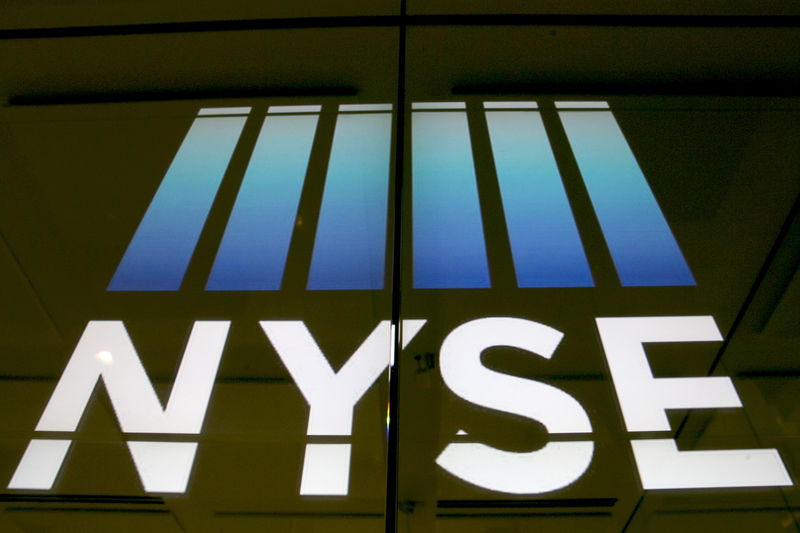US stock futures dip as Trump’s firing of Cook sparks Fed independence fears
(For a Reuters live blog on U.S., UK and European stock
markets, click LIVE/ or type LIVE/ in a news window.)
* Futures up: Dow 0.21%, S&P 0.19%, Nasdaq 0.14%
By Devik Jain and Medha Singh
March 26 (Reuters) - U.S. stock index futures edged higher
on Friday as investors bought undervalued energy and bank stocks
betting on what is expected to be the fastest economic growth
since 1984, while awaiting inflation data later in the day.
Wall Street's major indexes have swung between gains and
losses this week as an end-of-quarter rebalancing of investment
portfolios led to alternating boost from stocks that stand to
benefit from a re-opening economy, and beaten-down technology
stocks.
Big banks JPMorgan Chase & Co JPM.N , Bank of America
BAC.N , Wells Fargo WFC.N , Citigroup C.N , Goldman Sachs
GS.N and Morgan Stanley MS.N were up between 0.6% and 1.8%
in premarket trading.
Oil firms Chevron CVX.N , Exxon Mobil XOM.N , Marathon Oil
MRO.N , Occidental Petroleum OXY.N and Devon Energy DVN.N
rose between 0.7% and 2.6% as crude prices gained 2%. O/R
Wall Street's main indexes rebounded in late-day rally on
Thursday as weekly jobless claims hit their lowest level since
the COVID-19 pandemic began and President Joe Biden highlighted
the brightening economic outlook. The S&P 500 value index .IVX which includes energy, banks
and industrial stocks, has gained more than 9% this year, easily
outperforming growth .IGX shares, which are down 0.4%.
At 6:40 a.m. ET, Dow E-minis 1YMcv1 were up 68 points, or
0.21%, S&P 500 E-minis EScv1 were up 7.5 points, or 0.19% and
Nasdaq 100 E-minis NQcv1 were up 17.75 points, or 0.14%.
Nio Inc NIO.N dropped about 1% as the Chinese electric
vehicle maker said it would halt production for five working
days at its Hefei plant due to a shortage in semiconductor
chips. Later in the day, investors from a report will get a glimpse
of consumer spending, which accounts for more than two-thirds of
U.S. economic activity, in February as well as a reading on the
Federal Reserve's preferred inflation measure.
